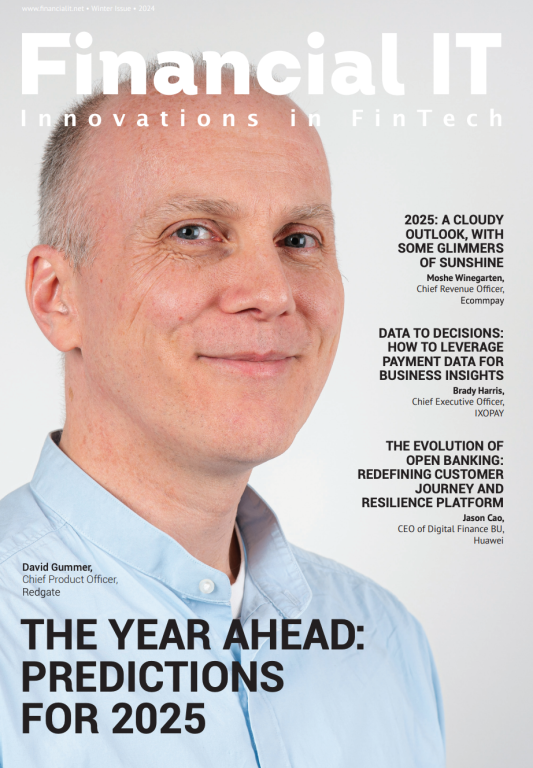What is the Optimum Mobile Payment Mix?

- Ralf Ohlhausen, Business Development Director at PPRO Group
- 12.07.2016 11:15 am mobile payments
Like many others, I am eschewing my physical wallet and using my phone as a ‘hub’ to pay for everything I need in my busy 21st century life. Let me outline my typical day. Wake up, go to the gym and buy a banana on my way out with Apple Pay; go to the petrol station and fill up the car by paying with my Shell Fill up and Go app; go to Starbucks and grab a caramel latte, using its customer app to pay for it; travel to the office and park in the nearest car park, paying with my RingGo app. However, it doesn’t just stop here. After sitting at my desk and doing some work; I will pop out to pick up my lunch from Tesco using my PayQwiq app; go back to the office for a series of meetings; buy my wife a birthday present on Amazon and pay through PayPal; then return home to take my family to Zizzi’s for dinner and pay for our meal with the QKR! app.
In comparison to ten years ago, we are now spoilt for choice when it comes to how we pay for goods and services. In the past, aside from cash, the main payment methods used would require the customer physically identifying themselves by either writing out a cheque or signing a receipt in order to use their credit or debit card. As technology developed over the years, the physical need for a signature largely decreased and the death knell for the chequebook was sounded, with people paying for goods with cheques on the high street declining from 13 per cent to 5 per cent in just seven years. Chip and pin proved to be a much quicker and more convenient way for a consumer to pay, so it’s no surprise that we finally saw retailers banning cheques in 2011.
Not stopping at chip and pin, the payment industry has continued to create innovative customer-facing technologies that make it easier for customers to part with their money, for example, the introduction of contactless payment cards in 2011. Despite chip and pin devices still playing a large role in how we pay today, we’re witnessing an increasing amount of retailers embracing the technology. Contactless payments continue to gather pace with three billion contactless transactions being made using Visa cards on the continent in the last 12 months; nearly triple that of the same period in the previous years.
We are currently living in a culture of convenience, and with conflicting demands and increasingly busy lifestyles, consumers are seeking greater convenience in their shopping mission. Mobile payments are answering consumers’ hunger for convenience and it is predicted that by 2025, 65 per cent of all transactions are to be by mobile phone. With this in mind, we are seeing big brands and retailers increasingly embracing mobile payment apps to offer their customers, not just for their convenience, but to help foster their loyalty. To add to this, Edgar, Dunn & Company revealed that 74 per cent of respondents believe large retailers will continue to move away from traditional POS terminals to mobile ones.
Brands and retailers clearly need to prepare for mobile payments but there is one factor we have to be mindful of. Unless there is a consolidation, we will soon find ourselves with too many different apps on our phones, which will undoubtedly lead to consumer confusion. Can you imagine the frustration caused in the queue as a less tech savvy customer feverishly scrolls through their apps to find the right one? Not to mention the embarrassment you would feel as a consumer if your phone ran out of battery mid-shop. In addition to this, many mobile devices will be unable to hold the deluge of apps you download, should every one of your favourite stores and restaurants introduce them.
Whilst a retailer’s app should be built upon the foundation of easy-to-use payment technology to keep their customers intrigued and continue to use it, the app needs to provide further benefits, whether that is the ability to collect loyalty points upon purchase, visibility on upcoming deals or even perhaps targeted marketing whereby the customer will be presented with similar goods or services they have recently bought.
To prevent frustrated shoppers from deleting apps whilst at the same time garnering their loyalty, retailers will need to consolidate their offerings. A handful of well-known German retailers including Alnatura, Aral, Galeria Kaufhof, Real and Rewe are already doing this by supporting a new integrated payment function in an app introduced by loyalty programme provider Payback. Through the scheme, customers collect points and pay for purchases at any of these well-known German retail outlets through a single app downloaded via the App Store or Google Play. This initiative from Payback proves that customer loyalty plays an increasingly important role within a payments app.
The UK retail landscape is changing, and the disruptive impact of technology is empowering customers and heightening their expectations of how retailers will serve them in the future. There will understandably be challenges that retailers will need to overcome but the benefits of an optimum mobile payments mix are clear. Those retailers that get it right will be the ones that incentivise customers through the likes of loyalty points and special offers; and underpin their apps with one of the emerging mobile payment platforms that are gathering popularity, whether it be Android Pay, Apple Pay or Samsung Pay.


























